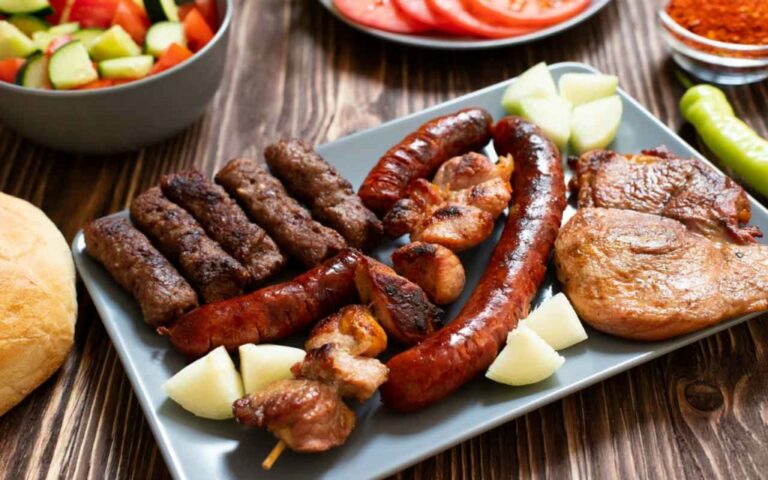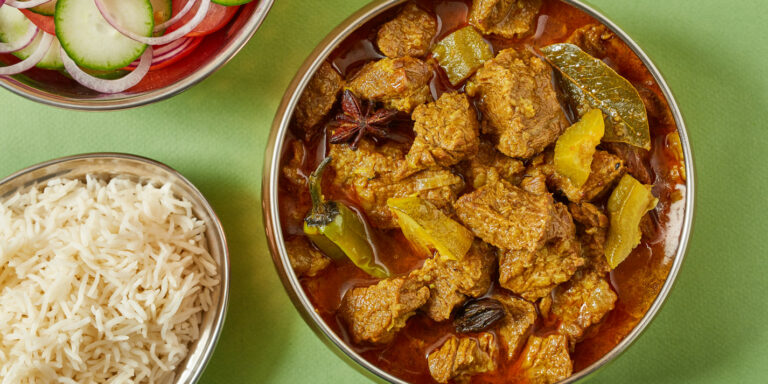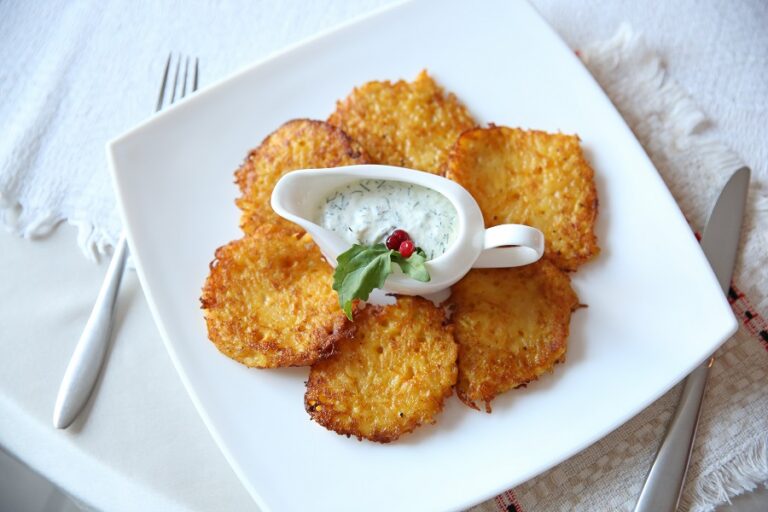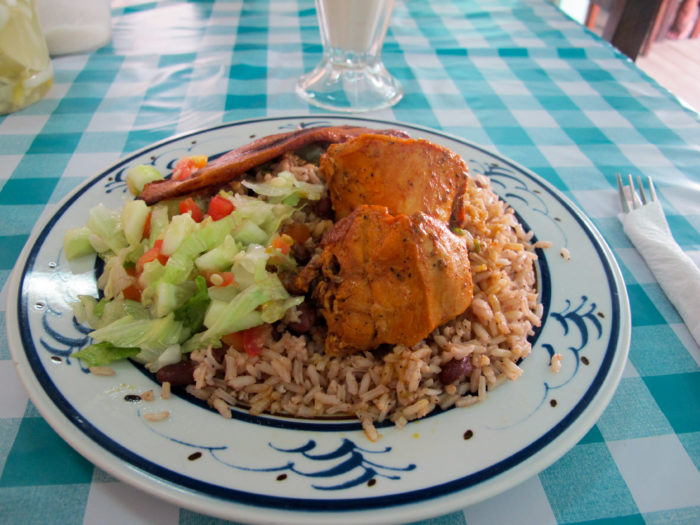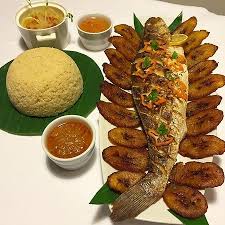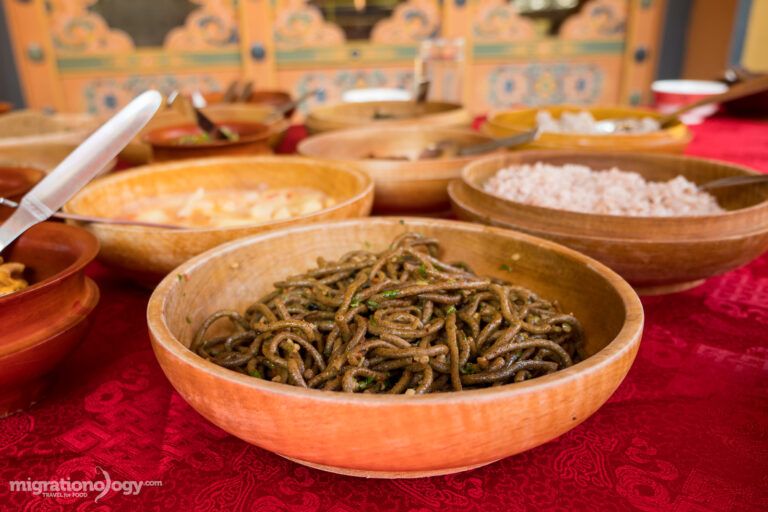Introduction to Angolan Cuisine
Angolan cuisine is a blend of African, European, and Brazilian culinary traditions. It is characterized by a variety of flavors, spices, and textures that reflect the country’s diverse cultural influences and natural resources. Angolan cuisine is renowned for its hearty stews, grilled meats, and seafood dishes, as well as its use of tropical fruits, vegetables, and spices.
History and Influences on Angolan Cuisine
Angolan cuisine has been shaped by centuries of trade, migration, and colonization. The Portuguese first arrived in Angola in the late 15th century, and their influence can be seen in the widespread use of ingredients such as onions, garlic, and olive oil. The Angolan slave trade also brought African culinary traditions from other regions, including cassava, peanuts, and okra. Additionally, Angolan cuisine has been influenced by Brazilian cuisine, which was brought to Angola by Brazilian slaves who were sent to work on Angolan plantations.
Staple Foods and Ingredients in Angolan Cuisine
The staple foods in Angolan cuisine are rice, beans, cassava, and corn. Seafood, including shrimp, lobster, and fish, is also a prominent ingredient in many Angolan dishes. Other common ingredients include palm oil, coconut milk, yams, sweet potatoes, peanuts, and peppers. Spices like garlic, ginger, and red pepper flakes are used to add flavor to many dishes.
Popular Dishes in Angolan Cuisine
One of the most popular dishes in Angolan cuisine is “muamba de galinha,” which is a chicken stew made with palm oil, tomatoes, onions, garlic, and okra. Another popular dish is “calulu,” which is a fish or meat stew made with cassava leaves and peanut sauce. “Funje” is a traditional Angolan dish that is made by boiling cassava flour in water until it forms a thick, dough-like consistency. It is often served with stews and other dishes.
Regional Variations in Angolan Cuisine
Angolan cuisine varies by region, with the northern region being known for its spicy, meat-based dishes, while the coastal regions are renowned for their seafood dishes. In the eastern region, there is a strong Indian influence, with dishes like samosas and curries being popular. The central region is known for its cassava-based dishes, while the southern region is known for its barbecue and grilled meat dishes.
Comparison to Other African Cuisines
Compared to other African cuisines, Angolan cuisine is unique in its use of palm oil, cassava, and peanuts. It also has a strong Portuguese influence, which sets it apart from many other African cuisines. However, like many African cuisines, it is characterized by bold flavors and hearty, filling dishes.
Unique Characteristics of Angolan Cuisine
One unique characteristic of Angolan cuisine is its use of palm oil, which is a staple ingredient in many dishes. Additionally, the use of cassava leaves in dishes like “calulu” is not common in many other African cuisines. The influence of Brazilian cuisine is also unique to Angolan cuisine, with dishes like “feijoada” (a Brazilian black bean stew) being popular in Angola.
Conclusion: Exploring the Richness of Angolan Cuisine
Angolan cuisine is a vibrant and flavorful reflection of the country’s rich history and cultural diversity. From hearty stews to grilled meats to seafood dishes, it offers a wide range of flavors and textures that are sure to delight any palate. By exploring the unique characteristics and influences of Angolan cuisine, we can gain a better understanding and appreciation of this fascinating culinary tradition.




